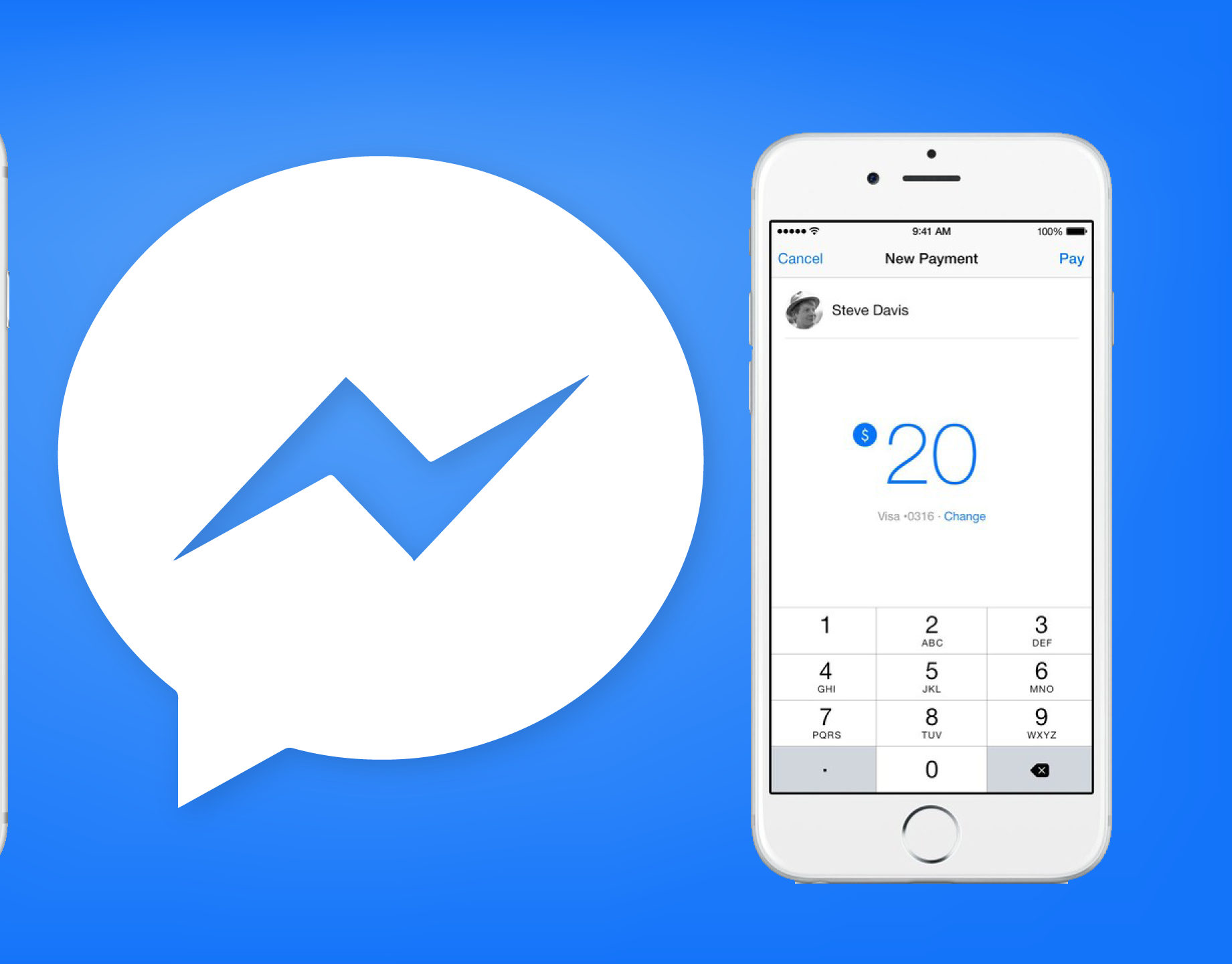
The first ATM changed to established in India in 1987, and a country that had relied on coins and notes for bills for goodbye started the sluggish adoption of ‘plastic cash.’ A decade or so later, internet-powered charge structures (RTGS, NEFT, and so on.) entered the picture, and a few years ago, with cellphone use witnessing a large surge in recognition, the subsequent step inside the evolution of payments happened – cell charge systems and virtual wallets. This ‘e-volution’ of costs is a worldwide phenomenon; if something, India has been a chunk late to the birthday celebration.
From America’s Silicon Valley to Asia’s various startup hubs, financial transactions have modified loads for the dawn of the twenty-first century. This new form of economic infrastructure – one in which customers are more involved and necessary than they were in the economic institution-centric times of antique – has induced technology organizations to take note. It has also created new market options for the tech behemoths nowadays to discover their quest for dominance. The entire cellular payments market has tested too difficult to resist for plenty of companies, no matter if they’re beyond credentials within the economic quarter.
On the flip facet, the increasingly more rapid tempo of digitization has proven that businesses can no longer ignore the potential of this quarter. In today’s digital international, if you’re not in, you’re likely out for exact. Thus we have software program giants like Google and patron electronics producers like Samsung competing with conventional banking and economic firms.
Increasing adoption of technologies like NFC is likewise making it simpler for merchants and organizations to accept digital bills, further using the boom in associated services. Everyone desires in on cell bills, and right here are some of the most outstanding gamers in the developing marketplace:
Google Pay

After years of experimenting within the payment area with products like Android Pay and the now-rebranded Google Wallet, Google released its new all-in-one fee platform: Google Play. The new product, which has begun roll-out around the arena, replaces Android Pay and permits customers to make point of Sale (PoS) purchases of products and services – in addition to transit payments in chosen cities – using NFC (Near Field Communication).
Google has additionally announced that, in the coming months, Google Pay will be included with extant Google apps like Google Assistant, Chrome, and Play Store and that customers could make peer-to-peer bills and online purchases on e-commerce structures using the carrier. The app is only available in the US and the UK, with a gradual roll-out to different countries. Google Tez, the United Payments Interface (UPI)-supported app created exclusively for India, has captured an honest share of a marketplace crowded with the aid of numerous different structures and is likely to incorporate Google Pay’s functionality inside itself in the future.
Apple Pay

First unveiled at the iPhone 6 launch in September 2016, Apple Pay changed into many of the first fee platforms to digitize the ubiquitousness of credit and debit playing cards. Developed through a collaboration with Visa, MasterCard, and American Express, Apple’s charge service may be used with any of the tech logo’s compatible mobile devices or Watch wearables and uses NFC to make contactless bills at PoS structures.
Apple Pay users can also use it to make in-app and other online purchases. In December last year, Apple Pay Cash was released as an up-to-date platform feature, allowing customers to send and receive cash to and from every different – a part that can be accessed via other Apple apps like ‘messages’ and Siri.
Samsung Pay
Samsung’s cell fee and virtual pockets service, Samsung Pay, differs from the ones presented by using Apple and Google in a single key aspect: using magnetic comfortable transmission (MST) similar to NFC. This indicates that, unlike Google Pay or Apple Pay, which can be used on NFC-enabled PoS devices, Samsung Pay may be used even at payment terminals that only guide conventional magnetic stripe playing cards.
A partnership with PayPal’s ultimate year has additionally seen Samsung’s payment carrier advantage headway inside the online (each in-app and internet site) payments space. The provider, first released in August 2015, is supported via various Samsung smartphones and a maximum of its smartwatches.
AliPay

The Alibaba Group, a Chinese conglomerate nowadays the various global’s maximum precious corporations, additionally owns the world’s largest online and cell bills platform: AliPay. Launched manner back in 2004, the platform nowadays features each price provider possible – P2P payments, online buying, bank account control, ticket purchases, etc. These days, they integrated the Ripple community into its backend to speed up its price approaches. It is likewise worth citing that Ant Financial Services, an offshoot of AliPay that capabilities as the latter’s determine corporation, is the world’s maximum valuable fintech employer.
The initial success of those Alibaba subsidiaries may be largely attributed to the seasoned local rules of the Chinese authorities. However, AliPay has, in current years, won a strong foothold in different Asian markets, chief amongst that’s Singapore. Back home in China, its handiest primary competitor is compatriot Tencent’s WeChat Pay.
Facebook payments (Messenger and WhatsApp)

Facebook first entered the web payments space 2015 to create a peer-to-peer bills provider within its Messenger app. The corporation began to start sluggishly rolling out the platform to markets out of doors in the USA, with several nations nevertheless looking ahead to the supply of the feature. In the USA, Messenger’s bill service is going sturdy and changed into bolstered final yr by integrating PayPal’s P2P payments.
Facebook’s entry into the Indian digital bills region came through its subsidiary WhatsApp, by way of some distance, the maximum used messaging provider in the united states of America. The 250-million-person strong platform recently launched its own UPI-enabled bills carrier, garring a combined response from incumbent bill groups.
PayPal

Founded in 1998, PayPal pioneer of the global’s first online payments agencies and has mounted a sturdy global presence through the years. The organization – which lets users ship, receive, and maintain funds – operates in 202 markets, assisting 25 currencies (as of 2017). Its prominence as a bills giant has been reinforced through several partnerships with newer systems, including Samsung and Facebook.
Another key aspect of PayPal’s achievement is Venmo, a P2P cellular payments carrier that, regardless of working solely inside the US, treated $6.Eight billion in transactions in the first quarter of 2017. The company has also created a payments processing system called PayPal Payments Pro that’s broadly used by online businesses and enterprises for large transactions.
Paytm

Launched in India in 2010 as a carrier for online bills and virtual pockets, Paytm (or rather its discern company One97) is these days a numerous organization imparting a variety of offerings. Paytm is arguably the biggest digital service used for merchant bills in India, in huge element because of the demonetization of 2016. Many of you. S. A . ‘s provider-based totally startups have included Paytm as a payment option. The app can be used for everything from prepaid recharges to bill and mortgage payments, price ticket purchases to P2P money transfers, or donations to non secular foundations. The employer also included UPI into its platform and launched its financial institution (Paytm Payments Bank), not to mention its e-trade platform Paytm Mall. Incidentally, the Alibaba Group and its subsidiary Ant Financial are key investors in One97 Communications and preserve a sixty-two percent stake.
The digital bills ecosystem in India isn’t always quick on domestic-grown entities. RazorPay and PayU are two of the largest payment solution providers to online merchants in America. The likes of MobiKwik and Freecharge function as a famous wallet and bill platforms. But international opposition in this space is impending due to the fact UPI, which to start with stored the likes of Apple Pay away from the use of a, has been conventional through Google (Tez) and Facebook (WhatsApp) in recent months, which might also pave a direction of entry for other global players.
Numerous extra-era businesses have launched their digital bill services, the greatest of which encompass bigwigs like Amazon, Tencent, Microsoft, and LG. But barring the likes of Amazon and Tencent, which have tremendous ecosystems to reinforce the use of a native payment platformostmum of, these payments services molly find it hard to capture a market already saturated with several of the arena’s most powerful businesses.














